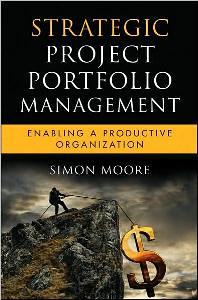As I mention in my book post-mortems are a critical tool in enabling improved project performance over time. Determining areas of success and areas of weakness sow the seeds for improvements in subsequent projects. However, post-mortems are, by definition, only successful correcting mistakes after they happen. That is to say a mistake must happen (or be narrowly avoided) at least once in order for the organization to learn from it, and take whatever corrective action is necessary. Experience may be the best teacher, but that can also prove expensive. Pre-mortems offer a different solution, correcting problems in advance, and eliminating the risk in the first place.
A pre-mortem involves getting project stakeholders and participants into a room before a project starts, making the rather bleak assumption that the project was not successful and then determining the cause. By assuming that the project has already failed, it makes it much easier for everyone in the room to be creative in pointing to potential problems and shortcomings. Without the safety of a pre-mortem environment, participants may be unwilling to point out flaws due to hierarchical structures, or a lack of willingness to be viewed as pessimist. With a pre-mortem, failings can be addressed in advance, or if that isn’t possible, key areas of risk can be highlighted for appropriate mitigation and response strategies to be put in place.
I believe Gary Klein originally coined the term pre-mortem and that article is here, which builds on the work of Deborah J. Mitchell, Jay Russo and Nancy Pennington.

